
Gordon Earle Moore was an American businessman, engineer, and the co-founder and emeritus chairman of Intel Corporation. He proposed Moore's law which makes the observation that the number of transistors in an integrated circuit (IC) doubles about every two years.

The American Chemical Society (ACS) is a scientific society based in the United States that supports scientific inquiry in the field of chemistry. Founded in 1876 at New York University, the ACS currently has more than 155,000 members at all degree levels and in all fields of chemistry, chemical engineering, and related fields. It is one of the world's largest scientific societies by membership. The ACS is a 501(c)(3) non-profit organization and holds a congressional charter under Title 36 of the United States Code. Its headquarters are located in Washington, D.C., and it has a large concentration of staff in Columbus, Ohio.

Jacqueline K. Barton, is an American chemist. She worked as a professor of chemistry at Hunter College (1980–82), and at Columbia University (1983–89) before joining the California Institute of Technology. In 1997 she became the Arthur and Marian Hanisch Memorial Professor of Chemistry and from 2009 to 2019, the Norman Davidson Leadership Chair of the Division of Chemistry and Chemical Engineering at Caltech. She currently is the John G. Kirkwood and Arthur A. Noyes Professor of Chemistry, Emerita.

The Perkin Medal is an award given annually by the Society of Chemical Industry to a scientist residing in America for an "innovation in applied chemistry resulting in outstanding commercial development." It is considered the highest honor given in the US chemical industry.
The Society of Chemical Industry (SCI) is a learned society set up in 1881 "to further the application of chemistry and related sciences for the public benefit".
Warren Kendall Lewis was an MIT professor who has been called the father of modern chemical engineering. He co-authored an early major textbook on the subject which essentially introduced the concept of unit operations. He also co-developed the Houdry process under contract to The Standard Oil Company of New Jersey into modern fluid catalytic cracking with Edwin R. Gilliland, another MIT professor.
Tobin Jay Marks is an inorganic chemistry Professor, the Vladimir N. Ipatieff Professor of Catalytic Chemistry, Professor of Material Science and Engineering, Professor of Chemical and Biological Engineering, and Professor of Applied Physics at Northwestern University in Evanston, Illinois. Among the themes of his research are synthetic organo-f-element and early-transition metal organometallic chemistry, polymer chemistry, materials chemistry, homogeneous and heterogeneous catalysis, molecule-based photonic materials, superconductivity, metal-organic chemical vapor deposition, and biological aspects of transition metal chemistry.

Chad Alexander Mirkin is an American chemist. He is the George B. Rathmann professor of chemistry, professor of medicine, professor of materials science and engineering, professor of biomedical engineering, and professor of chemical and biological engineering, and director of the International Institute for Nanotechnology and Center for Nanofabrication and Molecular Self-Assembly at Northwestern University.
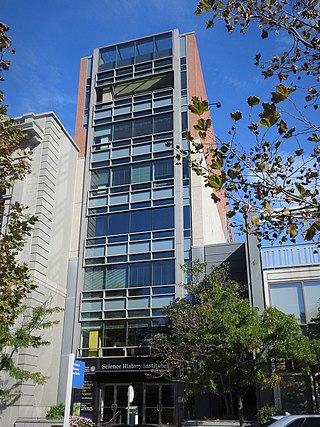
The Science History Institute is an institution that preserves and promotes understanding of the history of science. Located in Philadelphia, Pennsylvania, it includes a library, museum, archive, research center and conference center.

Cynthia "Cyndie" Anne Maryanoff is an American organic and materials chemist. Among other awards, she received the 2015 Perkin Medal for outstanding work in applied chemistry in the U.S.A.

Martin Hill Ittner was a chemist working for Colgate, now known as Colgate-Palmolive. He is best known for his contributions to applied chemistry, including the development of toothpaste and detergent.
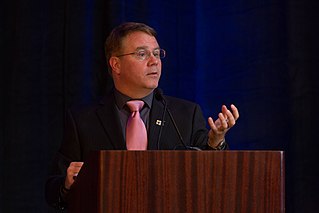
John Charles Warner is an American chemist, educator, and entrepreneur, best known as one of the founders of the field of green chemistry. Warner worked in industry for nearly a decade as a researcher at Polaroid Corporation, before moving to academia where he worked in various positions at University of Massachusetts Boston and Lowell. Warner is co-founder, President, and Chief Technology Officer at the Warner-Babcock Institute for Green Chemistry, as well as co-founder and President of Beyond Benign. He is the recipient of the 2014 Perkin Medal, widely acknowledged as the highest honor in American industrial chemistry.
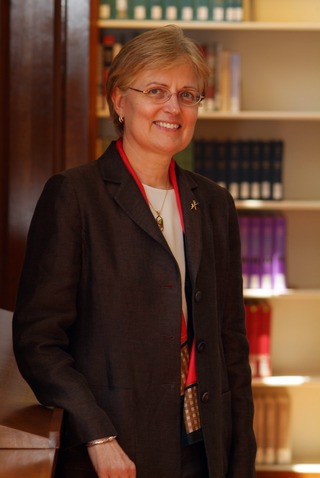
Elsa Reichmanis is an American chemist, who was the 2003 president of the American Chemical Society. She was elected a member of the National Academy of Engineering in 1995 for the discovery, development, and engineering leadership of new families of lithographic materials and processes that enable VLSI manufacturing. She was also inducted into the National Academy of Inventors in 2020. She is currently the Anderson Endowed Chair in Chemical and Biomolecular Engineering at Lehigh University. She previously served on the faculty at The Georgia Institute of Technology. Reichmanis is noted for her research into microlithography, and is credited for contributing to the "development of a fundamental molecular level understanding of how chemical structure affects materials function leading to new families of lithographic materials and processes that may enable advanced VLSI manufacturing".
The Winthrop-Sears Medal is awarded annually by The Chemists' Club of New York in conjunction with the Science History Institute to recognize entrepreneurial achievement in the chemical industry for the betterment of humanity.

Robert W. Cairns (1909-1985) was an American chemist who worked at Hercules and at the U.S. Department of Commerce. He contributed to World War II technological advances in explosives.

Arnold Thackray is an emeritus professor at the University of Pennsylvania. Initially an English chemist, he became an entrepreneurial American. Thackray founded or extended a series of institutions, initially in Philadelphia, then on a wider scale within the History of Science Society (HSS) and through Science History Consultants, and the Life Sciences Foundation.
The Société de Chimie Industrielle is an independent learned society inspired by the creation of the Société de Chimie Industrielle in Paris in 1917. The American Section was formed on January 18, 1918, and held its first meeting on April 4, 1918.
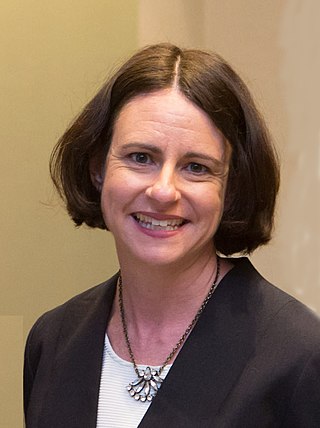
Melinda H. Keefe is a research and development director at the Dow Chemical Company, where she works on architectural coatings. She helped to develop the award-winning Evoque pre-composite polymer platform, reducing TiO
2 usage.
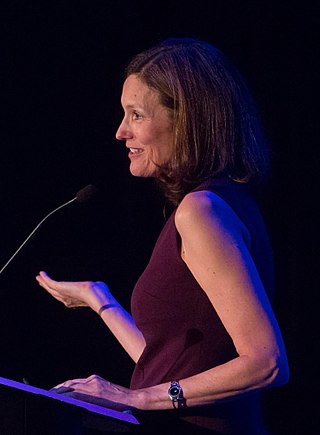
Ann E. Weber is the senior vice president for drug discovery at Kallyope Inc. in New York City. She previously worked with Merck Research Laboratories (MRL), joining the company in 1987 and retiring from the position of vice president for lead optimization chemistry in 2015. She has helped develop more than 40 drug candidates including FDA-approved treatments for Type 2 diabetes. She has received a number of awards, including the Perkin Medal (2017) and has been inducted into the ACS Division of Medicinal Chemistry’s MEDI Hall of Fame.

Paul James Chirik is an American chemist known for his work in sustainable chemistry using Earth-abundant metals like iron, cobalt, and nickel to surpass the performance of more exotic elements traditionally used in catalysis. He is the Edwards S. Sanford Professor of Chemistry and chair of the chemistry department at Princeton University.















